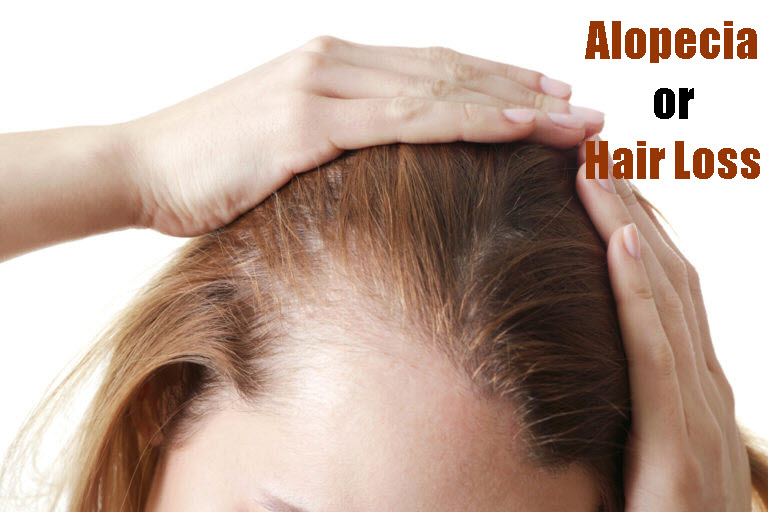Alopecia is an autoimmune disease in which the immune system attacks the hair follicles, causing bald patches. Alopecia can also occur when there is a hormonal imbalance or stress. Alopecia areata often results in total loss of hair on the head. It can affect people at any age, but it is more common among females than males. The condition may also be present at birth or develop during childhood. Alopecia can cause complete loss of hair or just result in thinning of hair.
Types of Alopecia
Alopecia is an autoimmune disease that causes hair loss on the scalp and body. There are three types of alopecia:
1)Alopecia totalis is a type of alopecia that causes the hair follicles to degenerate, resulting in total loss of hair on the scalp. This condition can occur at any age and affects both males and females equally.
2)Alopecia Universalis is a rare autoimmune disease that causes almost complete hair loss over the entire body, including the scalp. Hair grows back slowly and sometimes never at all. Because of this, it can be difficult to know how much or what parts of your body are affected by alopecia Universalis.
Causes of Alopecia Areata
The cause of alopecia areata is not known. However, doctors believe that a combination of genetic and environmental factors triggers AA in some people. According to the National Alopecia Areata Foundation, it’s an autoimmune disorder that causes hair follicles to self-destruct and has been linked to several other autoimmune diseases such as Type 1 Diabetes, Lupus, Celiac disease, and Vitiligo.
Symptoms of Alopecia Areata
It can be hard to diagnose because the symptoms vary, and some people have no symptoms at all. Although it’s not life-threatening, alopecia areata can cause great emotional distress. There is no cure for alopecia areata, but you can take steps to manage it. This condition usually starts with one or more round patches on the head, where there is typically no hair loss. It can also start on other parts of the body, such as the brows, eyelashes, beard, pubic area, and so on.
Treatments for Alopecia Areata
If you suffer from alopecia areata, it’s important to understand the variety of treatment options available. In most cases, your doctor will recommend a combination therapy approach that uses two or more treatments in one session. There are five common treatments for alopecia areata, including:
1. Injections of corticosteroids
Corticosteroid injections for Alopecia Areata are sometimes used to treat alopecia areata, particularly when medication is not working. Corticosteroids may be injected directly into the affected area or applied as a cream to bubble-like bumps called nodules.
2. Topical steroids
Topical steroids are prescription-only medications that can reduce inflammation and swell in your skin. When used for alopecia areata, topical steroids work by stopping the immune cells from attacking your hair follicles.
3. Chemotherapy medications
This treatment includes the use of an anthracycline or small-molecule doxorubicin chemotherapy drug. This step also can boost hair growth, create follicles in the hair, slough off any dead hair, burn off any autoimmune cells, and reduce itching. The most common chemotherapy drugs for alopecia are doxorubicin and bleomycin.
4. Immunotherapy
Alopecia Areata is often treated with phototherapy, immunotherapy, or laser ablation, but Alopecia Areata is difficult to diagnose. Lacking any good way to tell the difference, providers often misdiagnose it with another condition, which can lead to ineffective treatment.
5. Surgical operations
Surgical procedures for the treatment of alopecia areata can have a devastating effect on an individual’s quality of life, and when left untreated, it can put patients at risk for potentially serious complications. In alopecia areata, the immune system attacks healthy hair follicles in the scalp and other parts of the body, causing inflammation and ultimately permanent hair loss.
In conclusion
Alopecia is a debilitating disease, but many people have made their way through it by finding inspiration in others and taking action. If you want to learn more about how to prevent alopecia or manage your symptoms effectively. While there is no cure for alopecia areata, it can be treated with medication or surgery. You can learn more about this condition by reading our comprehensive guide on the topic. Are you dealing with alopecia areata? Please contact your doctor to find out the next step.








